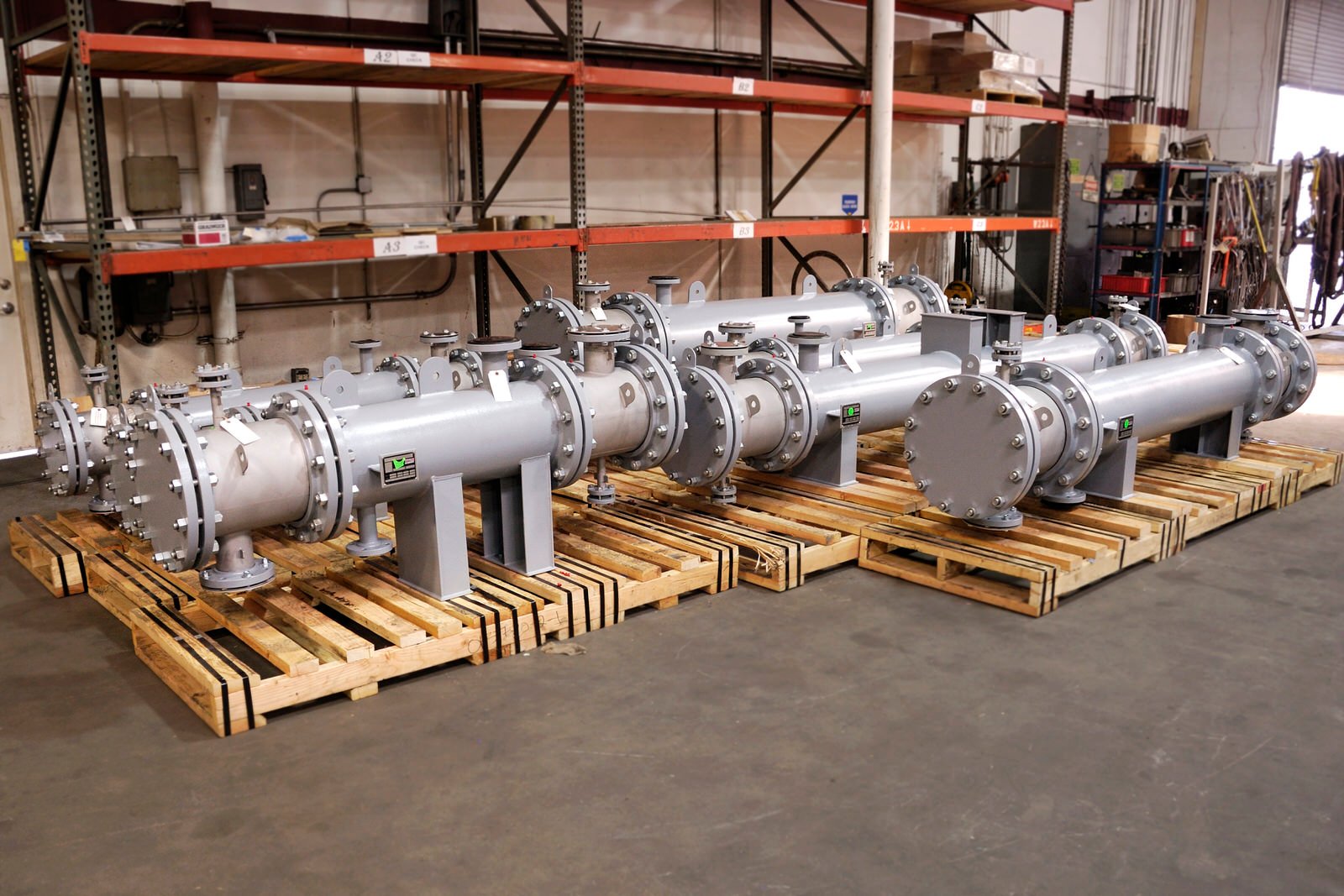Heat exchangers are marvels of engineering, facilitating the efficient transfer of thermal energy between fluids in a wide range of industrial applications. But have you ever wondered about the intricate process involved in manufacturing these vital components? Join us on a journey behind the scenes as we explore the fascinating world of heat exchanger manufacturing.
Design and Engineering: Before the manufacturing process begins, meticulous design and engineering work lay the foundation for the heat exchanger’s functionality and performance. Engineers consider factors such as fluid properties, operating conditions, pressure and temperature requirements, and space constraints to design a heat exchanger that meets the client’s specifications.
Material Selection: The choice of materials plays a crucial role in determining the durability, corrosion resistance, and thermal conductivity of the heat exchanger. Common materials include stainless steel, titanium, copper, and various alloys, each selected based on the specific application and environmental conditions.
Fabrication of Components: Once the design is finalized and materials are selected, the fabrication process begins. This may involve cutting, bending, welding, and machining raw materials into the various components of the heat exchanger, such as tubes, fins, plates, and headers. Precision is key to ensuring the components fit together seamlessly during assembly.
Assembly: With the components fabricated, skilled technicians meticulously assemble the heat exchanger according to the engineered design. This may involve arranging tubes in a shell-and-tube configuration, stacking plates in a plate heat exchanger, or coiling pipes in a shell and coil exchanger. Attention to detail is paramount to ensure proper alignment and functionality.
Quality Control and Testing: Quality control is a critical step in the manufacturing process to ensure that the finished heat exchanger meets the highest standards of performance and reliability. Various tests, such as pressure testing, leak detection, and thermal performance analysis, are conducted to verify the integrity and efficiency of the heat exchanger before it leaves the factory.
Finishing and Packaging: Once the heat exchanger passes rigorous quality control checks, it undergoes finishing processes such as cleaning, painting, or coating to enhance corrosion resistance and aesthetics. Finally, the heat exchanger is carefully packaged to protect it during transit and installation at the customer’s site.
Installation and Commissioning: The journey doesn’t end at the factory gate. Skilled technicians work closely with customers to install and commission the heat exchanger, ensuring proper integration into the existing system and optimal performance in real-world conditions.
At PREMIER, we take pride in our commitment to excellence at every stage of the heat exchanger manufacturing process. From initial design to final installation, we strive to deliver innovative, reliable, and efficient solutions that exceed our customers’ expectations. With a blend of advanced technology, skilled craftsmanship, and unwavering dedication, we’re shaping the future of heat exchange technology, one exchanger at a time.


